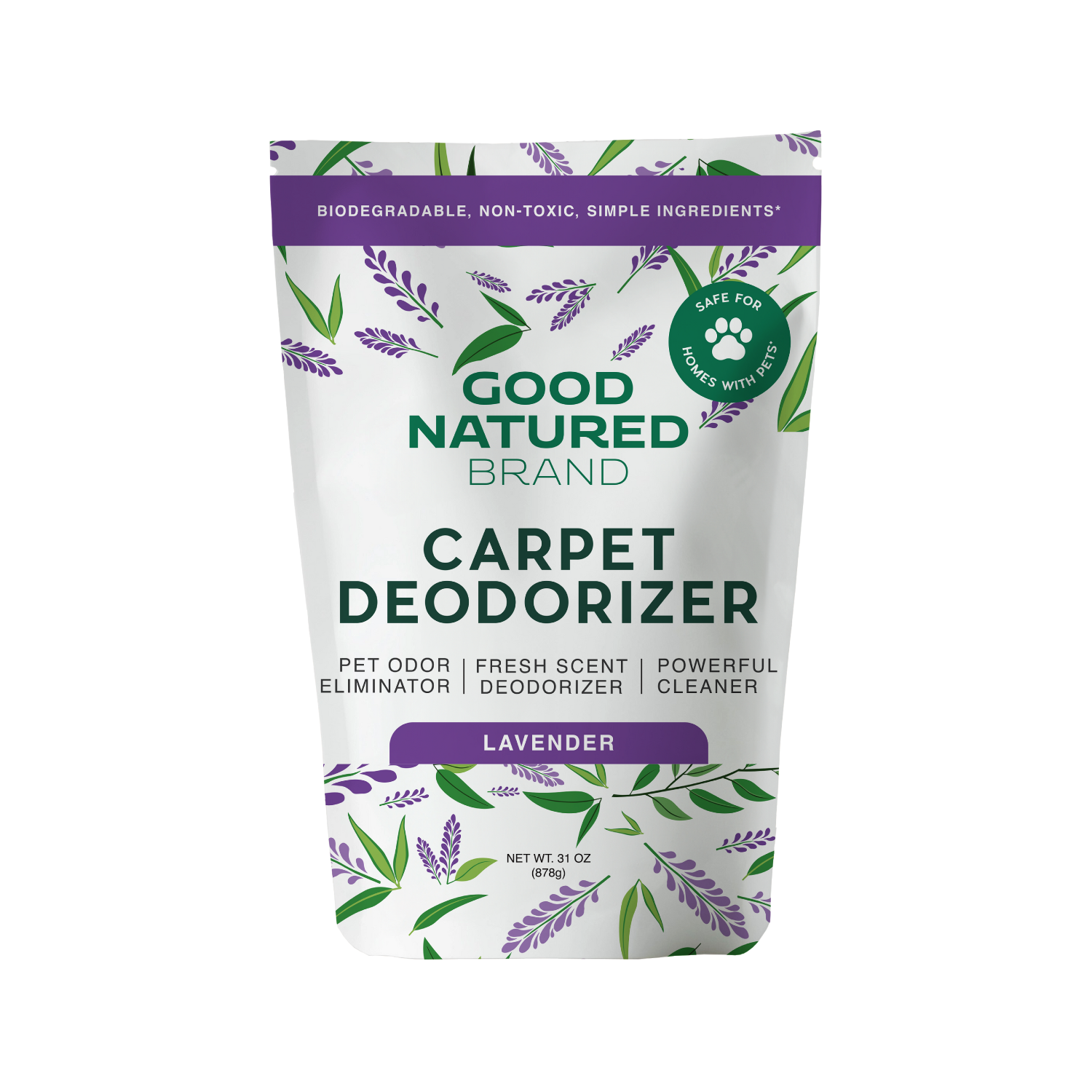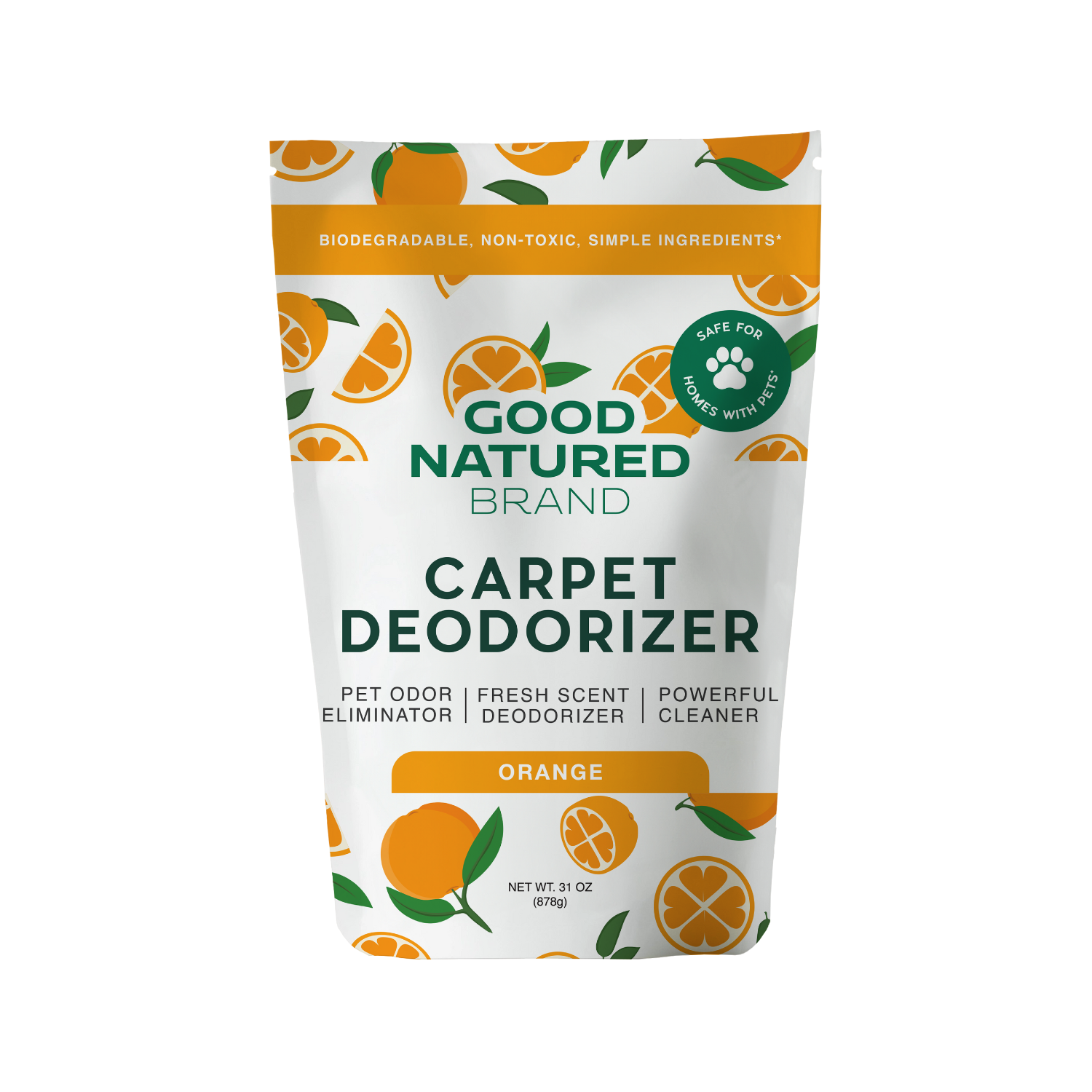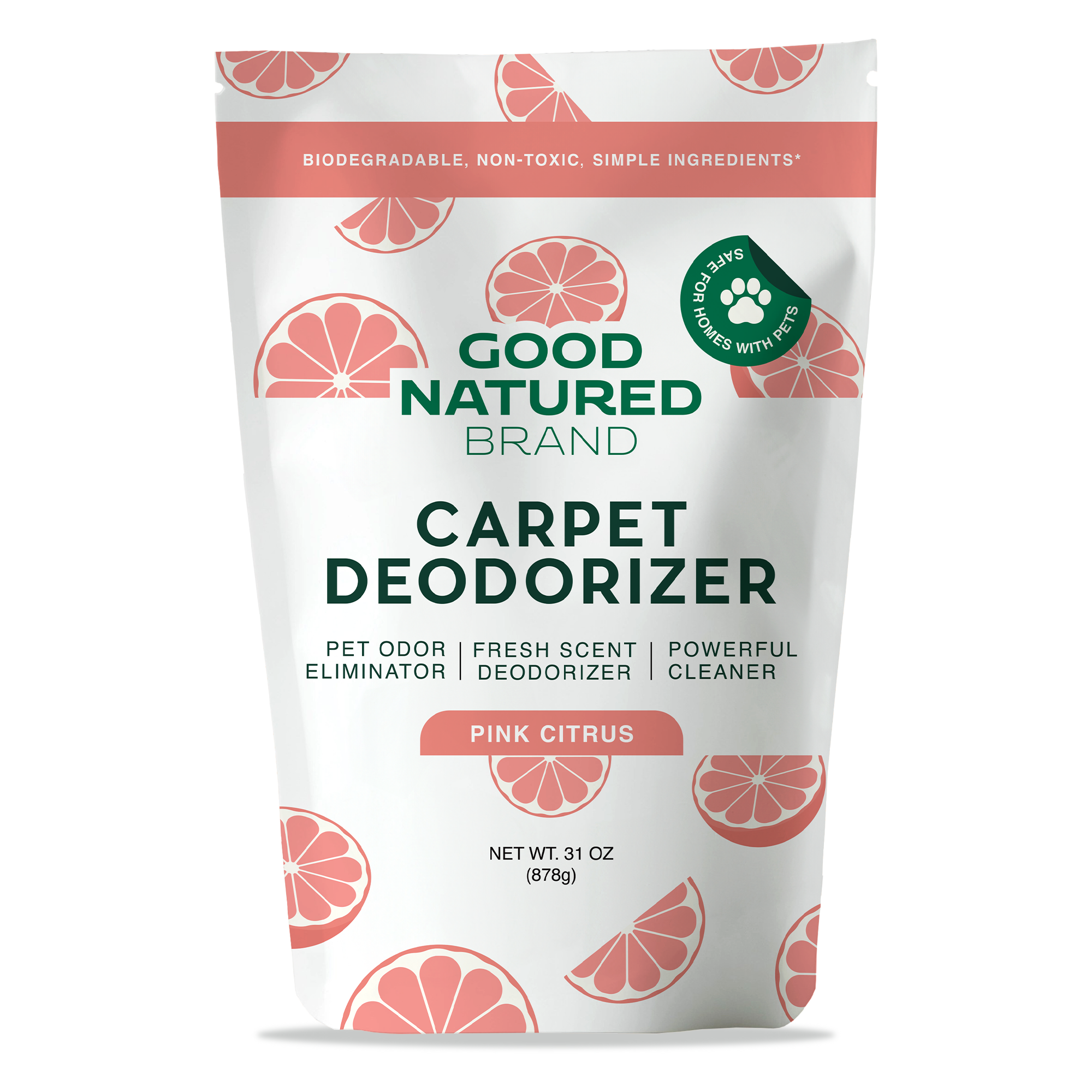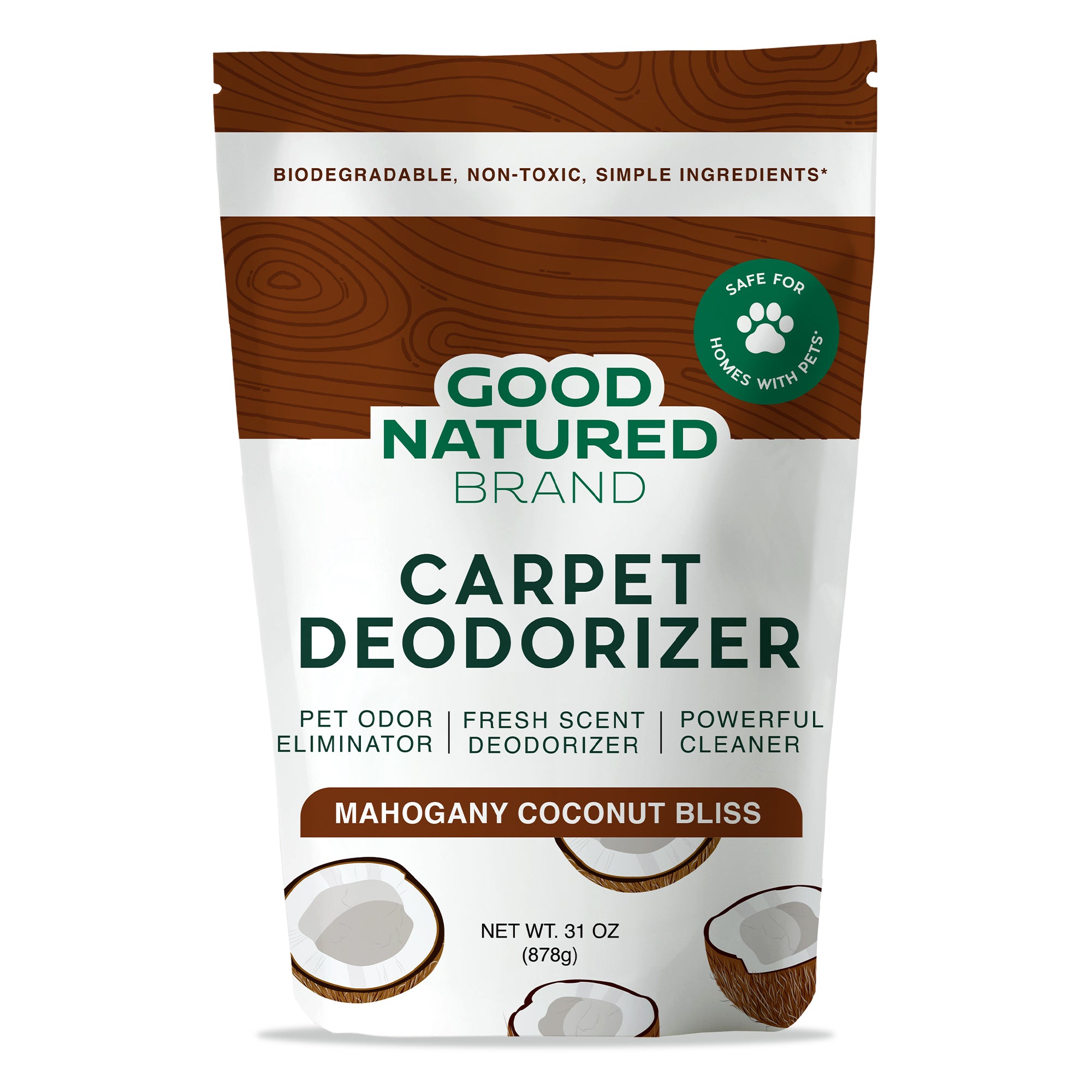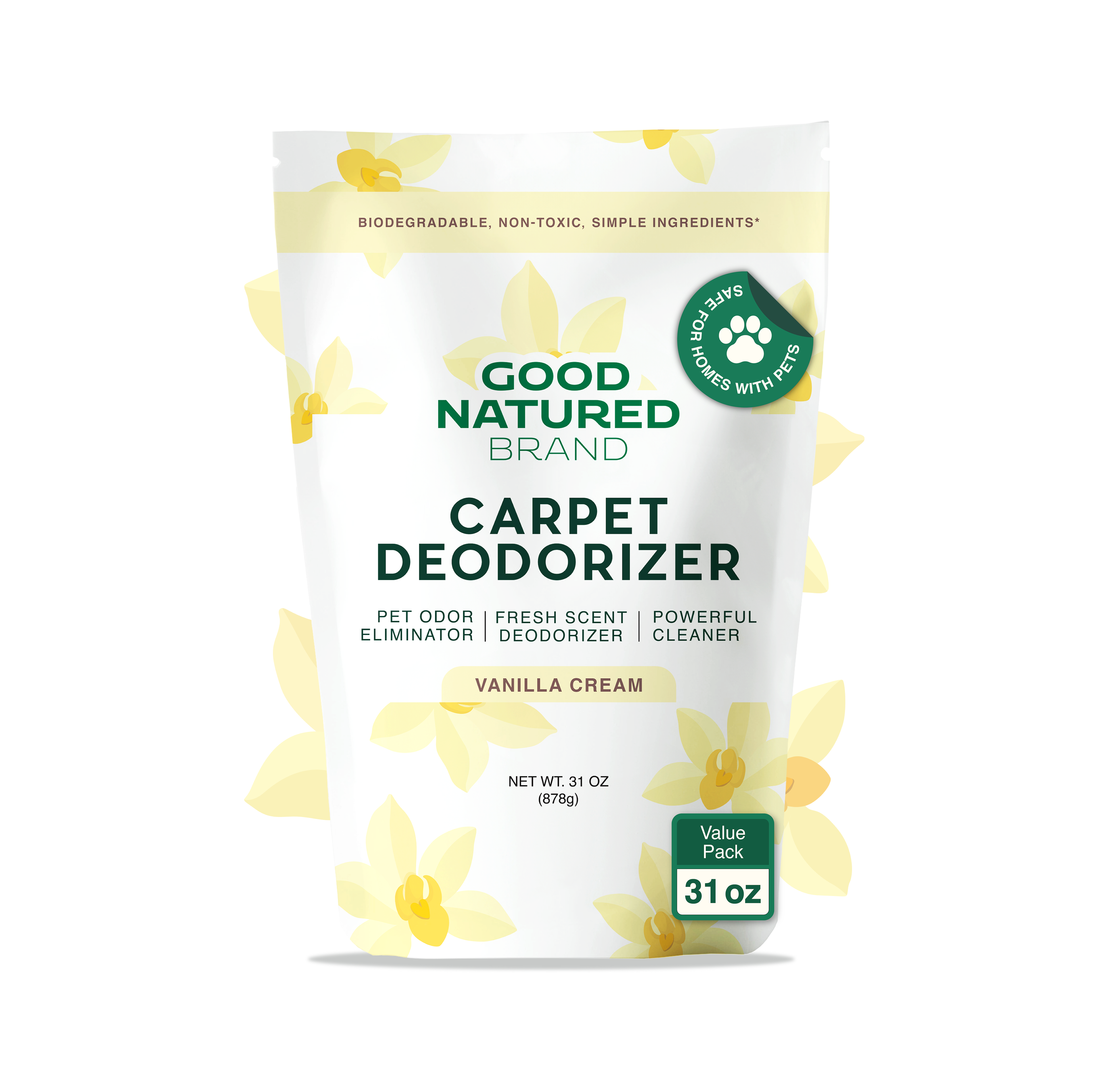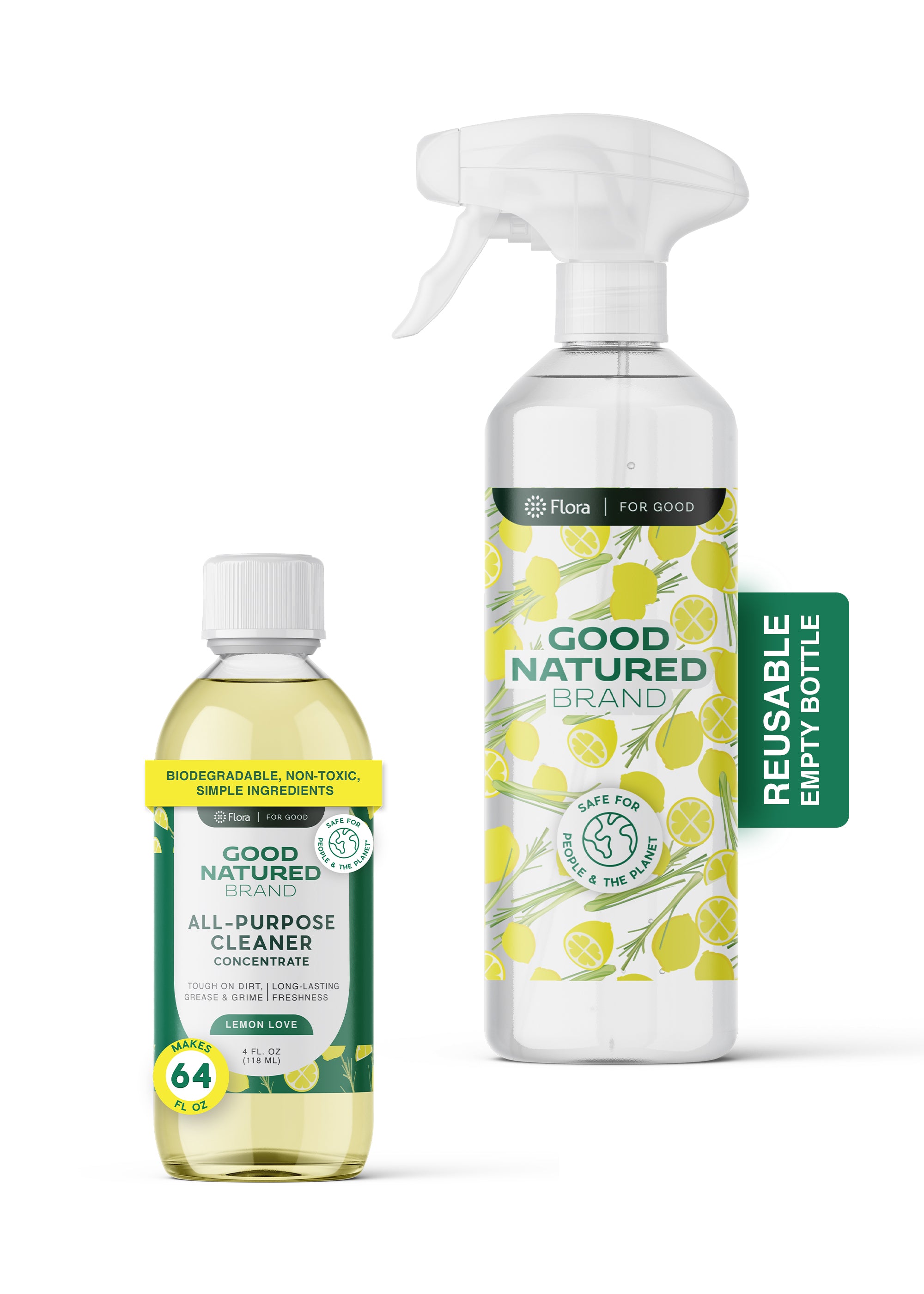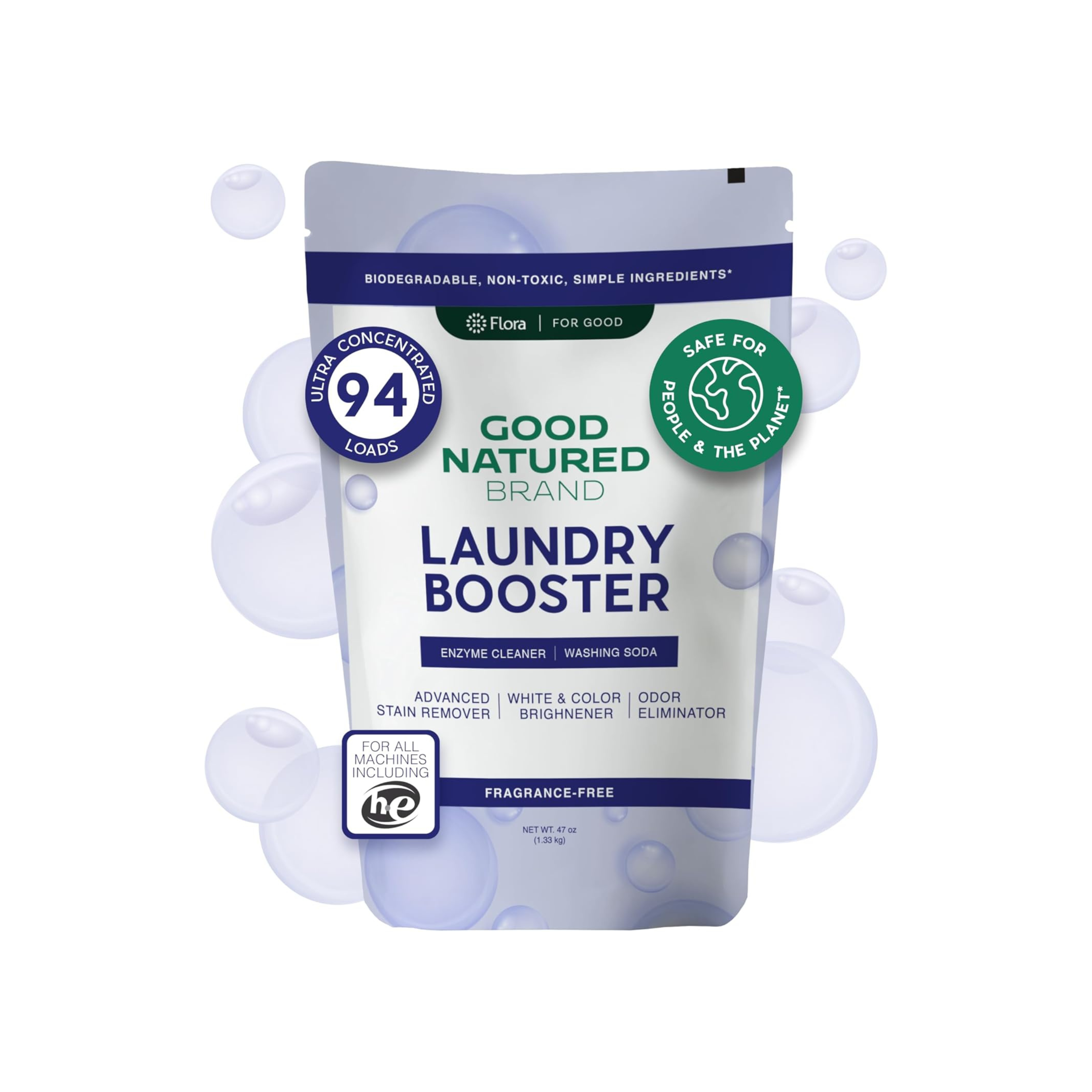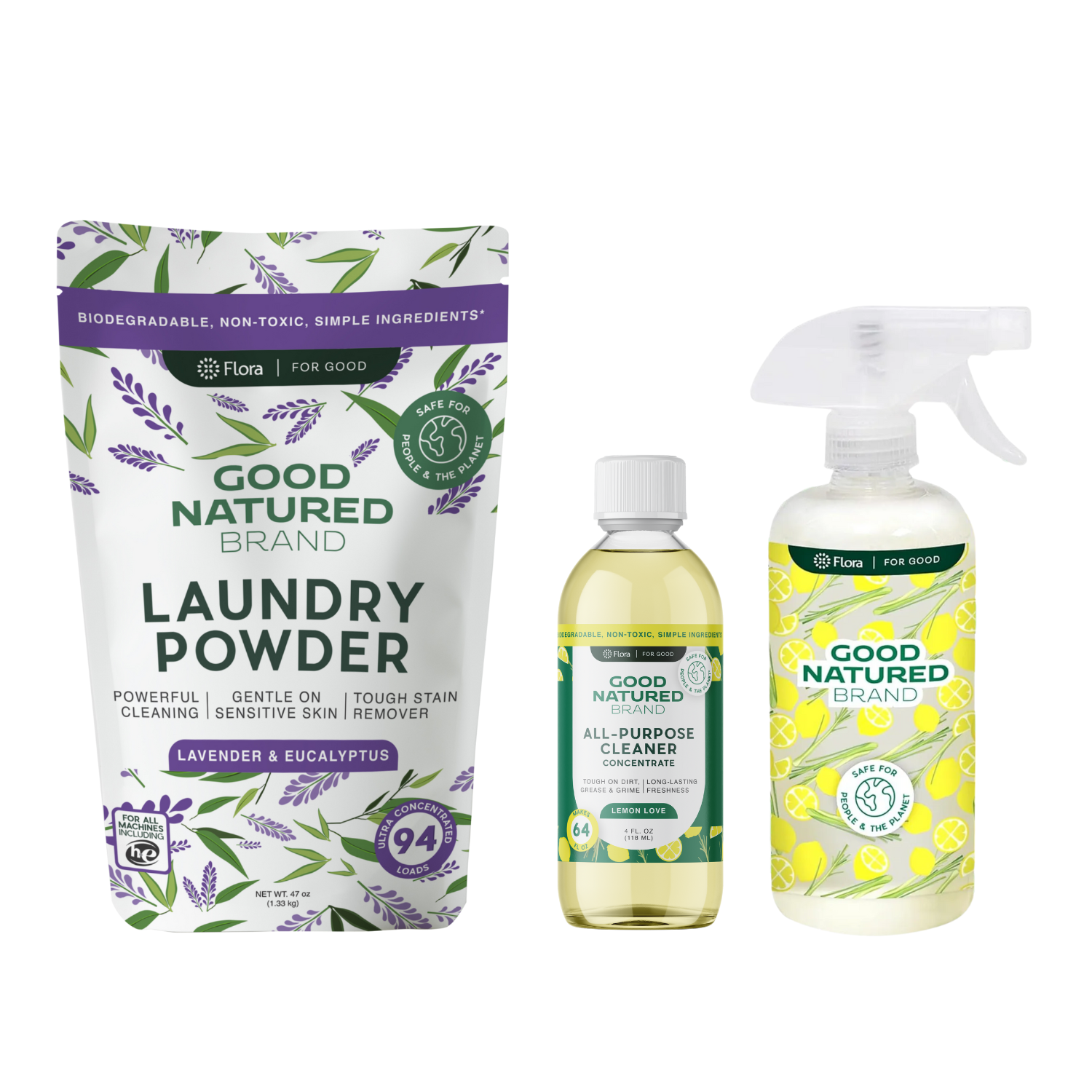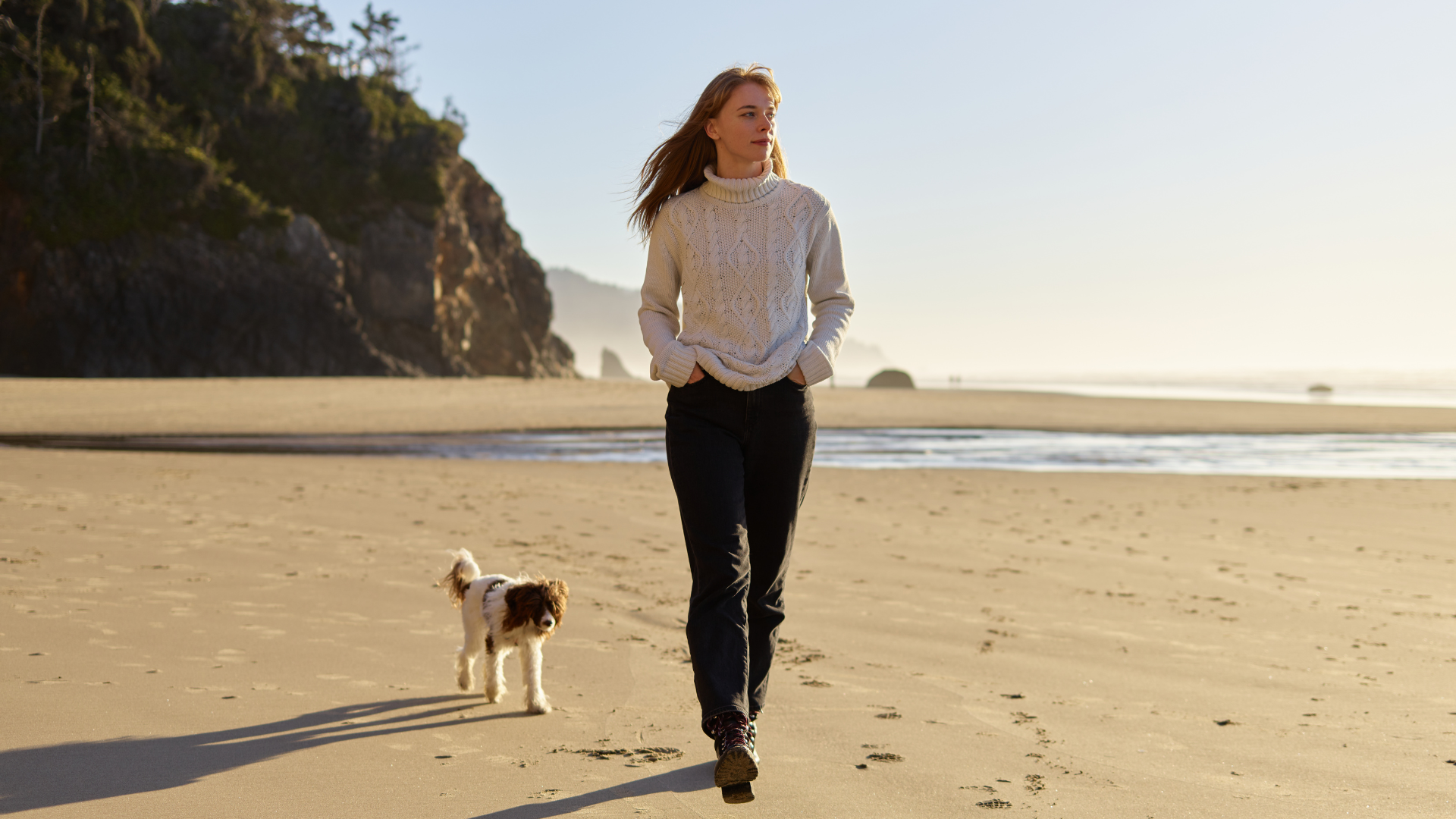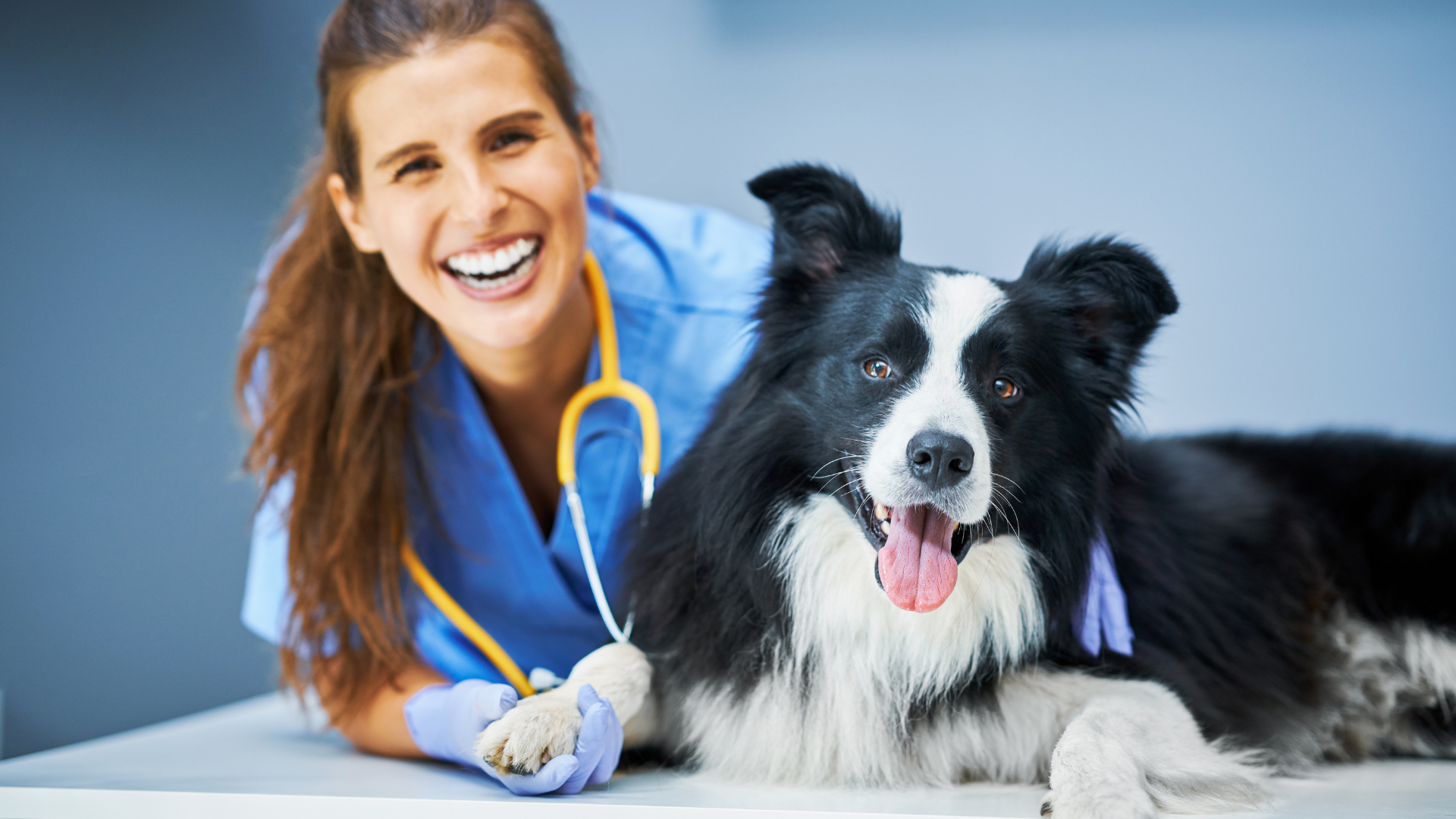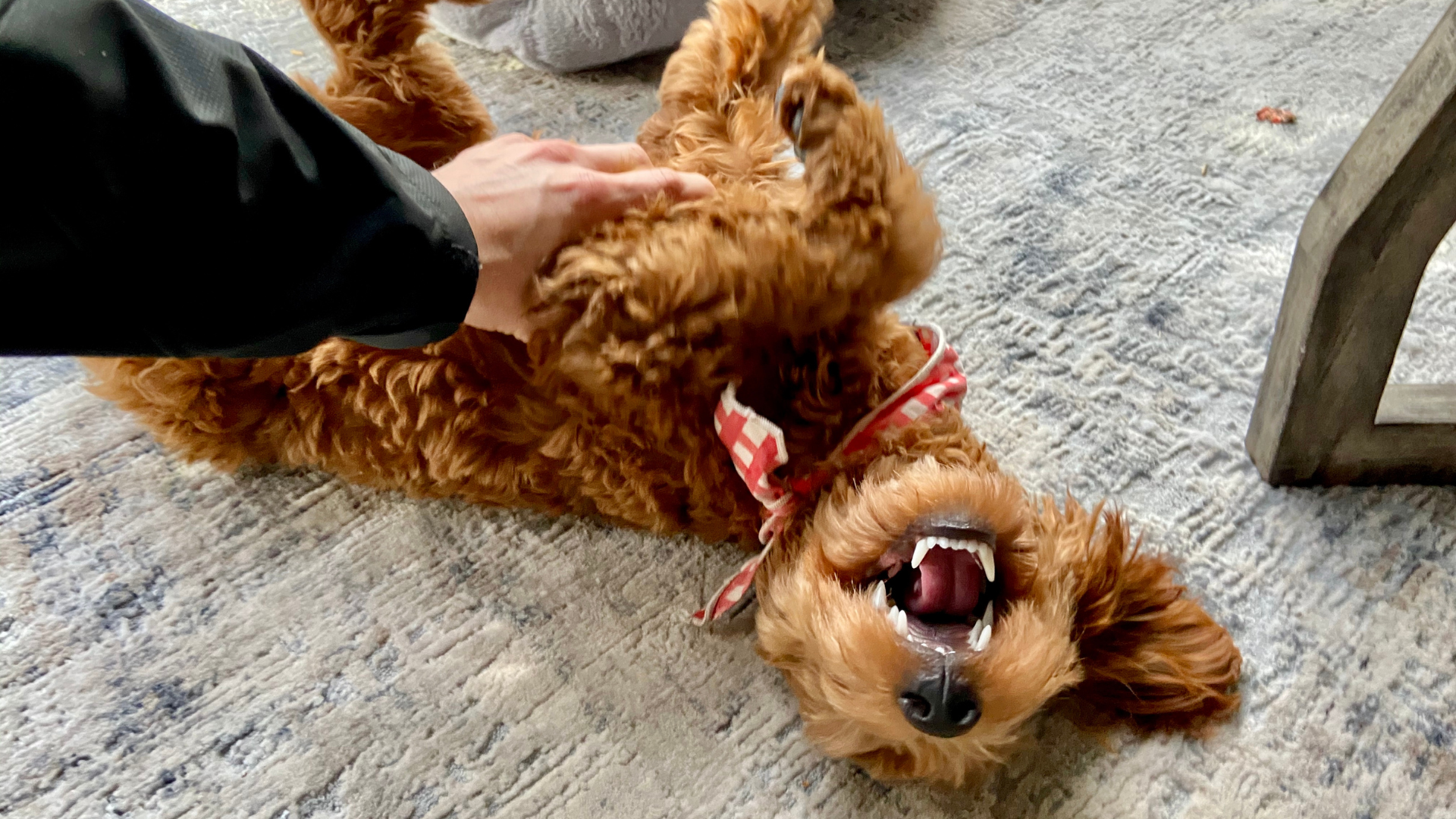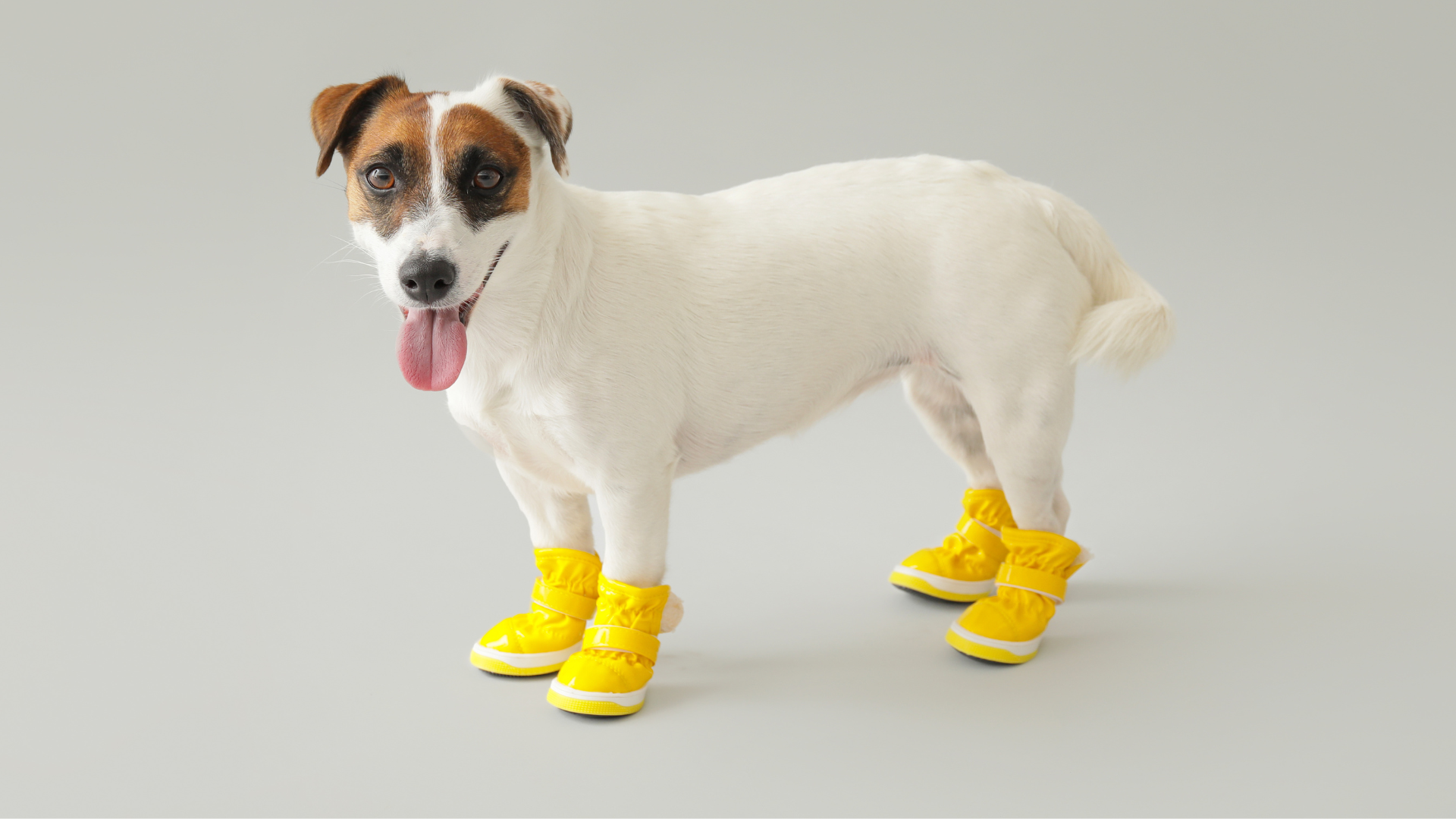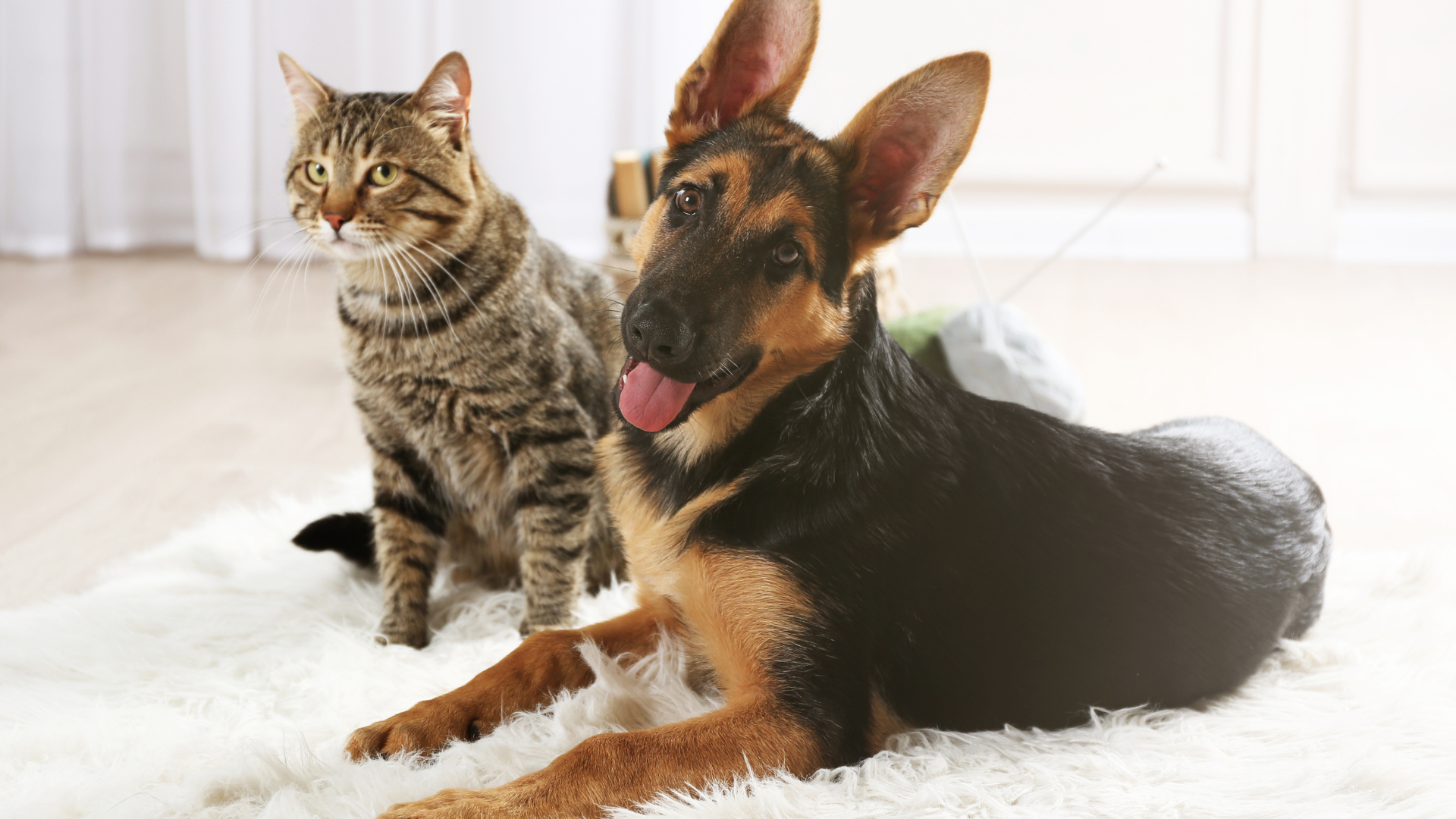Teaching your dog the "leave it" command is one of the most essential skills for ensuring their safety and helping them develop good manners. Whether it's food left on the floor or trash your dog has decided to explore, knowing how to make them leave it can prevent dangerous situations and keep your home clean. This comprehensive guide will walk you through the steps to teach your dog the "leave it" command, focusing on food, trash, and everyday distractions that might tempt your dog.
Why Teaching the "Leave It" Command is Essential for Your Dog
The "leave it" command is a critical part of your dog's training, and it goes far beyond simply stopping them from eating something off the floor. This command can keep your dog safe in a variety of situations, from avoiding harmful food scraps to preventing them from scavenging dangerous objects like broken glass or chemicals. By teaching your dog impulse control, you are helping them understand what is acceptable and what isn’t, thus ensuring that they stay healthy, safe, and well-behaved.
Not only does this command help protect your dog from dangerous items, but it also makes life easier for you. It can keep your home cleaner and reduce the stress of worrying about your dog getting into the trash or food that’s left unattended. Training your dog to "leave it" when they encounter food or trash is a skill that will make both of you more comfortable during daily activities, walks, and meals.
When to Start Teaching Your Dog the "Leave It" Command
Starting training early is key to having a well-mannered dog. While puppies may be easier to train, adult dogs can still learn the "leave it" command with patience and consistency. Generally, it's best to start as soon as you bring your dog into your home, but even older dogs can benefit from this essential command.
Puppies are naturally curious and may be more likely to explore food or trash, making the "leave it" command crucial from the start. If you're working with an adult dog, it's important to set realistic expectations and take a slower, more patient approach. The key is to start when your dog can focus and is ready to learn, regardless of their age.
Signs Your Dog is Ready to Learn
While puppies are generally ready for training early on, adult dogs may need a bit more time to adjust. You’ll know your dog is ready to learn when they are focused enough to listen to basic commands like "sit" or "stay." Training in a calm, distraction-free environment will ensure that your dog is engaged, and they won’t get overwhelmed.
Consistency and a calm demeanor are essential at this stage, so if your dog is still a puppy, take the opportunity to teach them this important command before they become used to bad habits like scavenging for food.
How the "Leave It" Command Works and Why It’s Effective
Understanding the psychology behind the "leave it" command is helpful in grasping how it works and why it's effective. Essentially, this command teaches impulse control. Dogs have a natural instinct to explore, sniff, and consume what they find, but with this training, you help them control that urge.
When a dog hears the "leave it" command, they must override their natural instinct to grab, eat, or sniff an item. This builds focus and reinforces your role as the leader in your dog’s life. Over time, your dog will learn to associate the command with the action of turning away or ignoring food or other temptations.
In addition to impulse control, this command teaches dogs the concept of "giving up" something in exchange for something better. For example, if your dog leaves food on the ground after being told to "leave it," they may receive a reward or praise for doing so. This rewards the behavior and reinforces the lesson.
This type of training helps your dog learn not only how to resist food and trash but also teaches them to be more disciplined in other aspects of life. For example, when they learn to leave food alone, they can also learn to leave dangerous objects or other distractions when you tell them to do so.
Creating a Positive Training Environment for Your Dog
Setting up a calm and distraction-free environment for your dog is key to successful training. The first few training sessions should take place in an area where your dog can focus on you and the task at hand. A quiet room or a fenced-in yard with minimal distractions is ideal.
The environment should be safe and positive to reinforce the learning process. If your dog is distracted or feels anxious, they may not be able to focus on the training. If you're training your dog indoors, you can keep the area neat and tidy with minimal distractions. It might be a good idea to clean up any spilled food or trash using All-Purpose Cleaner to ensure a fresh, safe environment for both you and your dog.
Ensure that the space is free from other pets or people to help your dog focus solely on you. By avoiding outside distractions, you give your dog the best chance of success. If you’re working in a larger area like your home, keep your dog on a leash or in a confined space to help them concentrate during training.
Common Mistakes to Avoid When Teaching "Leave It"
While teaching your dog the "leave it" command, it’s easy to fall into common traps that can slow down progress. Understanding and avoiding these mistakes will help you achieve better results.
Inconsistent Training
One of the most common mistakes pet owners make is inconsistent training. It’s important to practice the "leave it" command regularly and apply it in different situations. Skipping training sessions or only practicing when it’s convenient can confuse your dog and make them less likely to respond consistently.
Be sure to practice the command every day, starting with basic commands and gradually increasing the level of distractions. This helps your dog learn to apply the "leave it" command even when they’re surrounded by food or trash.
Overloading Your Dog with Distractions Too Soon
Another mistake is introducing too many distractions too quickly. When training your dog, start with easy scenarios, like placing a treat on the floor a few feet away and telling them to "leave it." Once your dog masters this, you can increase the difficulty by adding more distractions, like food on the floor or trash in a visible area.
Pushing your dog to learn too quickly can result in frustration, and they may not respond well to the command. Build up the difficulty gradually so your dog doesn’t feel overwhelmed.
Lack of Positive Reinforcement
Finally, failing to use positive reinforcement can hinder your dog’s progress. Dogs learn best when they are rewarded for good behavior. When your dog successfully follows the "leave it" command, be sure to reward them with treats, praise, or a favorite toy. This reinforces the behavior and makes it more likely that your dog will respond positively in the future.
Incorporating rewards into your training sessions, even small ones, can make a big difference. This positive reinforcement also helps strengthen the bond between you and your dog, creating a more enjoyable training experience.
Step-by-Step Guide to Teaching Your Dog the "Leave It" Command
Teaching your dog the "leave it" command requires patience, consistency, and positive reinforcement. Follow these steps to ensure your dog learns to respond reliably to the command, even in the presence of tempting food or trash.
Setting Up the Training Environment
Before starting, ensure the training environment is quiet, calm, and free from distractions. This will help your dog focus on the task at hand. If you’re training indoors, clear the area of distractions like toys, clutter, or other pets that might interfere with the lesson.
As you progress, you can slowly introduce distractions, but it’s important to start with a controlled, calm environment. If you’re worried about any lingering smells or debris that might tempt your dog, use All-Purpose Cleaner to freshen up the space. A clean, fresh environment will keep the focus on your dog’s training and not any unwanted smells.
Starting with a Basic "Leave It" Command
-
Place a treat in your hand: Hold a treat in your closed fist and let your dog sniff it. They will likely try to get the treat, but this is the perfect opportunity to introduce the command.
-
Say "leave it": Calmly say “leave it” in a firm but gentle tone. Do not shout or use harsh tones, as that can make your dog anxious. The goal is to teach them that the command means to ignore the treat, not to approach it.
-
Wait for your dog to stop trying: Your dog may try to paw at your hand or sniff it persistently. Wait for a moment when they stop trying to get the treat—whether it’s just a pause or a full look away from the treat.
-
Reward the good behavior: As soon as your dog stops trying to get the treat, immediately praise them and give them a reward, such as a different treat or toy. Positive reinforcement will help your dog understand the correct response.
-
Repeat: Practice this several times until your dog begins to understand that “leave it” means to stop trying to get the treat. It’s important to use patience and consistency during this phase.
By using Laundry Powder to wash any of your dog’s clothes or bedding, you’ll ensure that they stay comfortable throughout training sessions and won’t get distracted by unpleasant odors.
Using Food and Trash to Practice "Leave It"
Once your dog understands the basic "leave it" command with a treat in your hand, it’s time to move on to using food and trash, which are the real challenges. Here’s how to use these distractions effectively:
Using Food as a Distraction
-
Start with food on the floor: Place a piece of food (e.g., a treat or small snack) on the floor in front of your dog. Allow your dog to see it, but don’t let them eat it right away.
-
Give the “leave it” command: Say “leave it” as you would with the hand-held treat. If your dog tries to grab the food, gently block them and wait for them to stop trying to get it.
-
Praise when your dog listens: As soon as your dog ignores the food, praise them and reward them with a different treat or a favorite toy. It’s important to reward them with something they enjoy to reinforce the behavior.
-
Increase the challenge: Once your dog successfully leaves food alone when it’s placed in front of them, try placing food on the floor in different locations or using more tempting foods. Gradually increase the difficulty by introducing more distractions, like food on countertops or in the trash.
Using Trash as a Distraction
Training your dog to "leave it" with trash is especially important because they may encounter all sorts of harmful items in the trash. Here’s how to teach them with trash:
-
Use a trash can with food scraps: Begin by setting up a trash can with food scraps in a place where your dog can easily see it. Make sure the trash is not too messy or too tempting, as you want to gradually teach your dog this command with easier distractions before progressing to more tempting ones.
-
Say the command and reinforce the behavior: When your dog approaches the trash, give them the “leave it” command. If they try to go for the trash, gently stop them by redirecting their attention or using a leash to pull them away.
-
Praise and reward: Once your dog stops trying to go for the trash, reward them immediately. Use praise and treats to reinforce their good behavior. You can use something like a Carpet Deodorizer to ensure your home stays fresh and clean after practicing with trash.
Gradually Increase the Difficulty of Distractions
As your dog becomes more proficient at leaving food and trash alone, it’s time to gradually increase the level of difficulty. Start by placing food or trash in more challenging spots. For example:
-
Start with food on the floor and gradually move it to higher surfaces (e.g., tables or counters).
-
Use bags of trash or visible food containers to increase the level of temptation and ensure your dog can ignore the items from a distance.
-
Practice during walks: Once your dog consistently leaves food and trash alone indoors, take the training outside. On walks, use the "leave it" command when your dog encounters food or trash on the sidewalk.
Reinforcing the Command During Walks
Training your dog to “leave it” during daily activities, such as walks, is essential for real-life applications. On walks, your dog will likely encounter food, wrappers, and even trash bags. Here’s how to reinforce the "leave it" command during these outings:
-
Introduce the command on walks: When your dog comes across food or trash while on a walk, use the “leave it” command as you normally would. This will help them associate the command with different environments, like the outdoors, not just at home.
-
Reward and praise immediately: As with indoor training, reward your dog for obeying the command by offering praise and a treat. This positive reinforcement will encourage them to keep listening, even in the presence of outdoor distractions.
-
Start with less tempting objects: If your dog is distracted by food or trash outside, start by using less tempting objects, like leaves or small sticks, before moving on to more enticing distractions like food.
-
Use a leash for control: During walks, a leash can help you guide your dog away from distractions and maintain control during training. You can use the leash to gently pull your dog away from food or trash when necessary, helping them focus on the command.
Troubleshooting Common Issues During Training
As with any training, there may be challenges along the way. Here are a few common issues and how to troubleshoot them:
Dog Doesn’t Respond to "Leave It"
If your dog isn’t responding to the command, it may be because the distractions are too strong or they are not fully understanding the concept. Try going back to simpler training scenarios with less tempting items, and practice more frequently with positive reinforcement.
Dog Gets Too Excited Around Food or Trash
If your dog is getting too excited or frustrated around food or trash, reduce the difficulty of the exercise by starting with less tempting distractions. Gradually build their tolerance to higher-level distractions as they improve. Keep training sessions short to avoid overwhelming your dog.
Inconsistency in Response
Dogs need consistent training to fully grasp commands. Be sure to practice the "leave it" command regularly and in a variety of situations to ensure they respond reliably. If your dog isn’t responding consistently, review your training methods and ensure you are rewarding good behavior every time.
Reinforcing the "Leave It" Command
Once your dog has learned the basic "leave it" command, the key to success is reinforcement. Continuously practicing this behavior will ensure your dog responds reliably to the command, regardless of the temptation or distraction.
Consistent Practice and Repetition
Consistency is critical when it comes to reinforcing the "leave it" command. Set aside time each day to practice with your dog, even after they’ve learned the command. Frequent short training sessions will help keep the command fresh in their mind, especially as distractions increase over time.
For example, practice in different areas of your home where food and trash might be accessible—like the kitchen or living room. Use varied distractions and gradually work up to more challenging scenarios, like food in different locations (on the floor, tables, or counter) or trash cans that your dog might want to explore.
Start by incorporating the command into daily life. While preparing meals, let your dog observe food on the counter and practice the "leave it" command. This type of real-life training will help reinforce the behavior in practical situations.
If you’re concerned about your dog’s bed or favorite resting spot getting messy during these practice sessions, keep it fresh and clean by using Laundry Powder to wash their blankets and bedding. This way, you’ll have a comfortable, clean space to reward them after each successful session.
Gradual Introduction of New Challenges
As your dog becomes more proficient at ignoring food and trash in controlled environments, gradually increase the difficulty of the distractions. You can challenge your dog by introducing:
-
Food placed at varying heights: Start by putting food on the floor, then gradually move it to higher locations such as counters or tables.
-
Food wrapped in packaging: Make it more difficult by using food wrapped in bags or containers. This simulates more realistic situations like seeing food in the trash or on the counter.
-
More exciting distractions: If your dog is ignoring food and trash with ease, consider introducing smells or sounds that might trigger their curiosity, such as the rustling of a trash bag or the smell of fresh baked goods.
As your dog masters each level of difficulty, be sure to continue using positive reinforcement. When they obey the "leave it" command, praise them and reward them with a treat or their favorite toy. You can even create a personalized reward system by using their favorite All-Purpose Cleaner to clean up after them, ensuring their environment remains fresh and clean while reinforcing the positive experience.
Troubleshooting Common Issues During Training
Every dog learns at their own pace, and it’s common to encounter challenges along the way. If your dog isn’t responding as expected, don’t get discouraged—these issues can be overcome with patience and some adjustments to your approach.
Dog Doesn’t Respond to "Leave It"
If your dog isn’t responding to the command, it may be because the distractions are too intense for them to resist. When starting training, always begin with lower-level distractions and gradually increase them. Going too quickly could overwhelm your dog.
If you find that your dog isn’t listening during training, it might help to simplify the situation. Reduce the difficulty of the distraction, practice in a quieter environment, and reinforce the command more frequently with positive rewards.
Dog Still Gets Too Excited Around Food or Trash
If your dog is highly food-obsessed or overly curious about trash, it’s important to slow down and make the training sessions even more gradual. This might mean practicing with less tempting distractions like non-food objects before moving on to more appealing temptations.
You can also give your dog extra physical exercise before training sessions. A well-exercised dog is more likely to be calm and focused during training. Additionally, if your dog tends to get overly excited, calm them down first with a few minutes of play or a short walk before beginning the training.
Inconsistent Response from Your Dog
If your dog’s response to "leave it" is inconsistent, this may indicate a need for more frequent training. Dogs respond best to consistent and repeated practice. Keep your training sessions short and positive, and avoid overloading your dog with too many distractions at once.
As you continue to train, try to incorporate the command into daily routines. For instance, while walking through the park, you can apply the "leave it" command when your dog tries to go near food wrappers or trash on the ground. The more you reinforce the command, the more your dog will respond consistently in a variety of situations.
Training with Multiple Distractions at Once
Sometimes, the presence of multiple distractions can make it difficult for your dog to obey the "leave it" command. If this happens, break down the training into smaller, more manageable steps. First, practice with one distraction at a time. Once your dog reliably obeys the command with one distraction, introduce additional distractions gradually. This approach prevents overwhelming your dog and helps them focus on learning the command.
How to Use the "Leave It" Command in Everyday Life
Once your dog has mastered the "leave it" command during training, it’s time to incorporate it into everyday life. The ultimate goal is for your dog to reliably leave food, trash, and other dangerous items when you command them, whether you’re at home, on a walk, or out in public.
Using "Leave It" During Walks
One of the most common situations where you’ll need your dog to obey the "leave it" command is during walks. Dogs often encounter food, wrappers, and even trash on the ground while out for a walk. Reinforcing this command during these outings will keep your dog safe and prevent them from eating something harmful.
As you walk, use the "leave it" command whenever your dog tries to go near food or trash on the ground. This will help them associate the command with real-life situations and prevent them from picking up potentially dangerous objects. It may take time, but with patience, your dog will learn to ignore food and trash during walks, making them safer and more manageable.
In the Kitchen and Dining Area
Teaching your dog the "leave it" command will also be helpful in the kitchen and dining area, where food may be dropped or unattended. You can practice this by dropping food on the floor while you prepare meals and commanding your dog to “leave it.” This reinforces the idea that food on the floor is not a free-for-all and that your dog should wait for permission before eating.
Dealing with Trash at Home
In your home, your dog may be tempted to go through the trash when you're not looking. Practicing the "leave it" command around the trash can, especially with food scraps or containers, will ensure your dog knows to avoid these potential hazards. You can also secure trash cans with pet-proof lids to limit your dog’s access to potentially dangerous items. Regularly using Carpet Deodorizer and cleaning up any food spills will help reduce any tempting odors in your home and maintain a fresh, clean environment.
Final Thoughts on Teaching Your Dog the "Leave It" Command
Teaching your dog the "leave it" command is an essential skill that will help keep them safe, well-behaved, and protected from harmful food or trash. With patience, consistency, and positive reinforcement, you can train your dog to ignore distractions and focus on you.
Remember to start with simple distractions and gradually increase the difficulty, incorporating the command into your everyday life. The more consistent you are with your training, the better your dog will become at ignoring temptations, both indoors and outdoors.
And don’t forget to keep your environment clean and fresh while you work on training. Use Laundry Powder to clean your dog’s clothes and bedding, and All-Purpose Cleaner to maintain a tidy, fresh-smelling home. With the right approach and tools, both you and your dog will enjoy a harmonious and safe environment.

